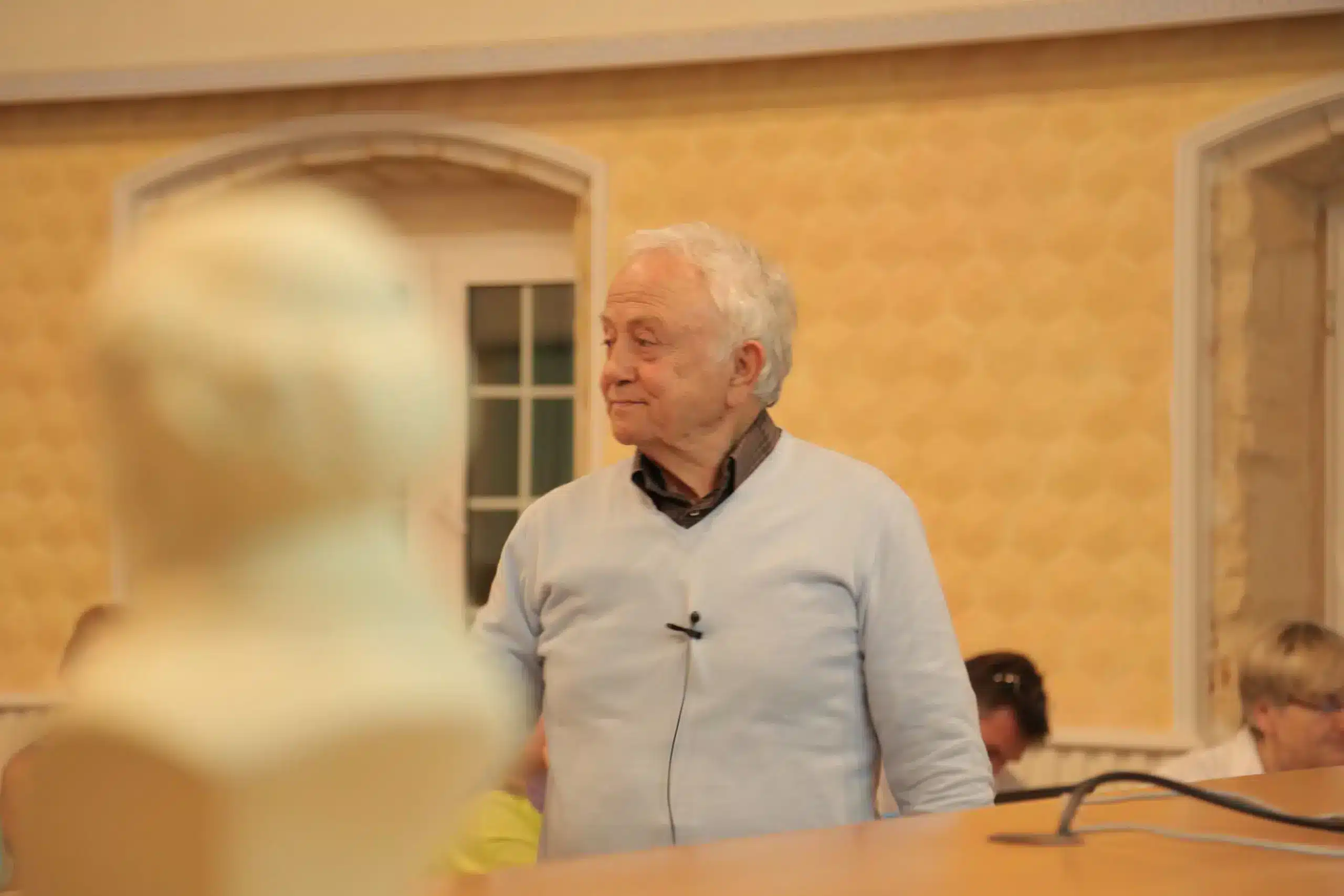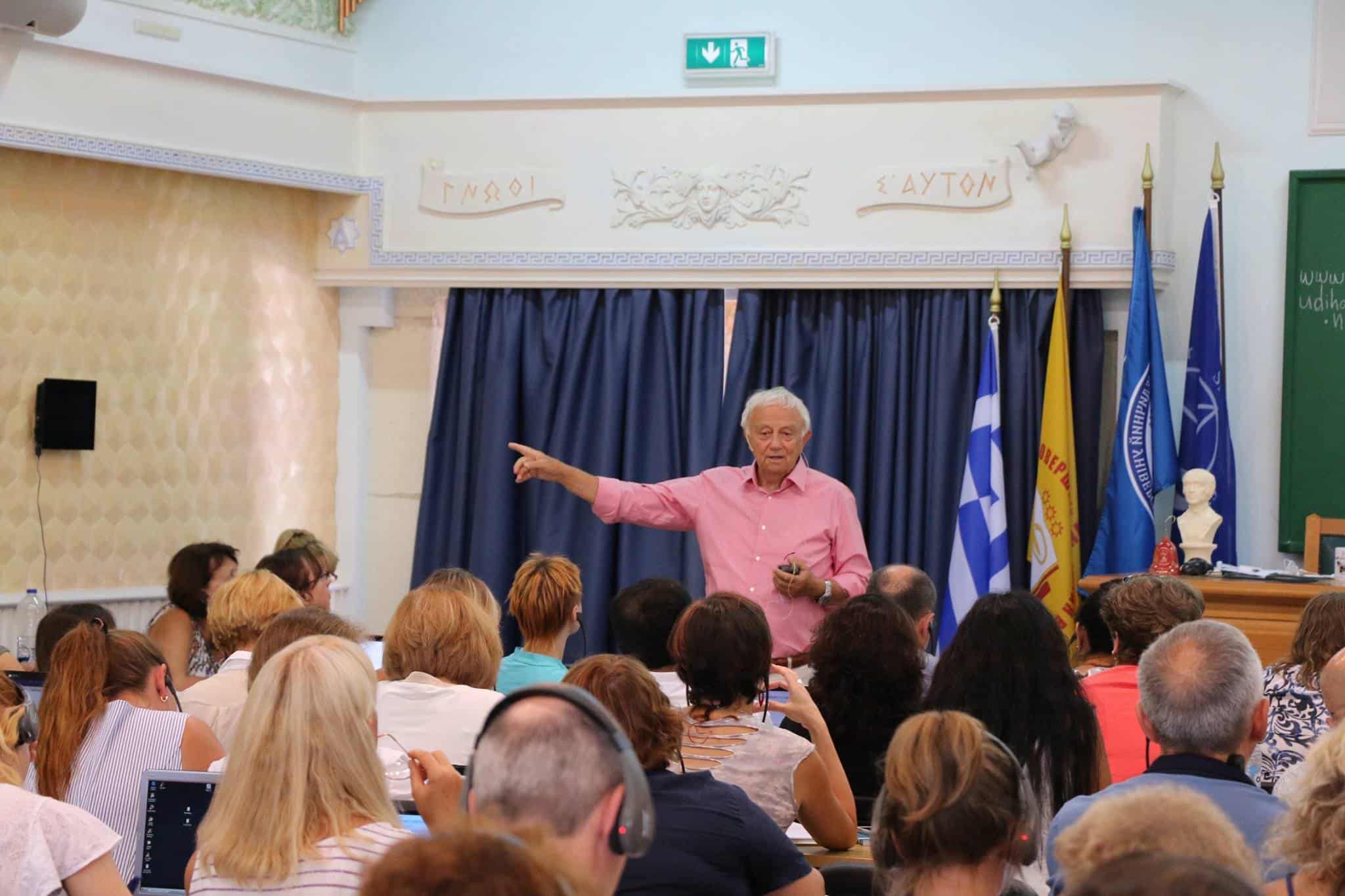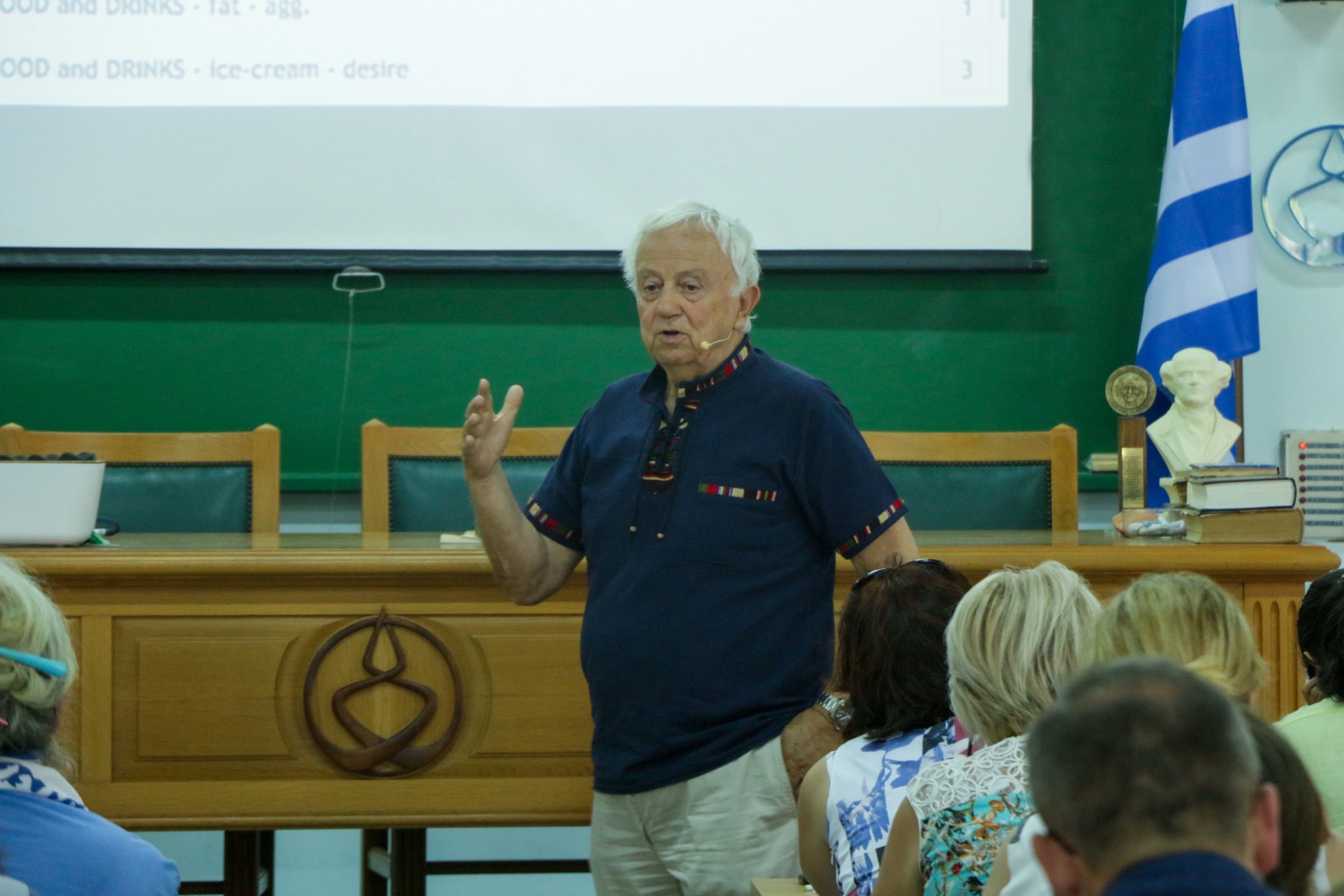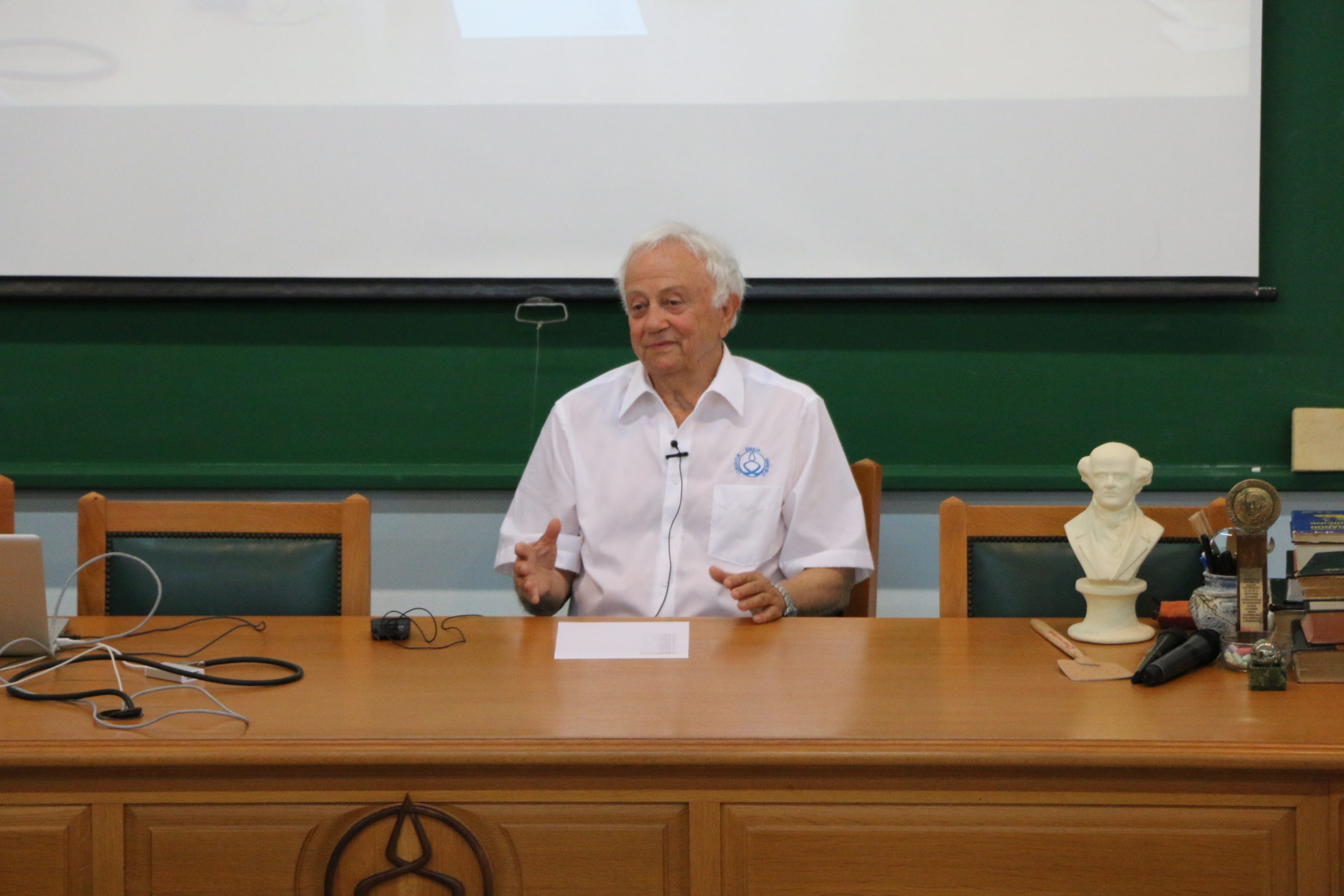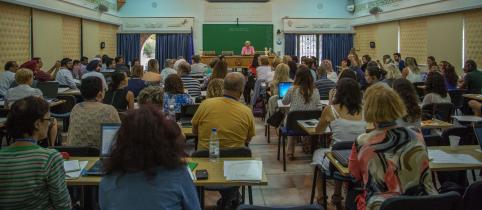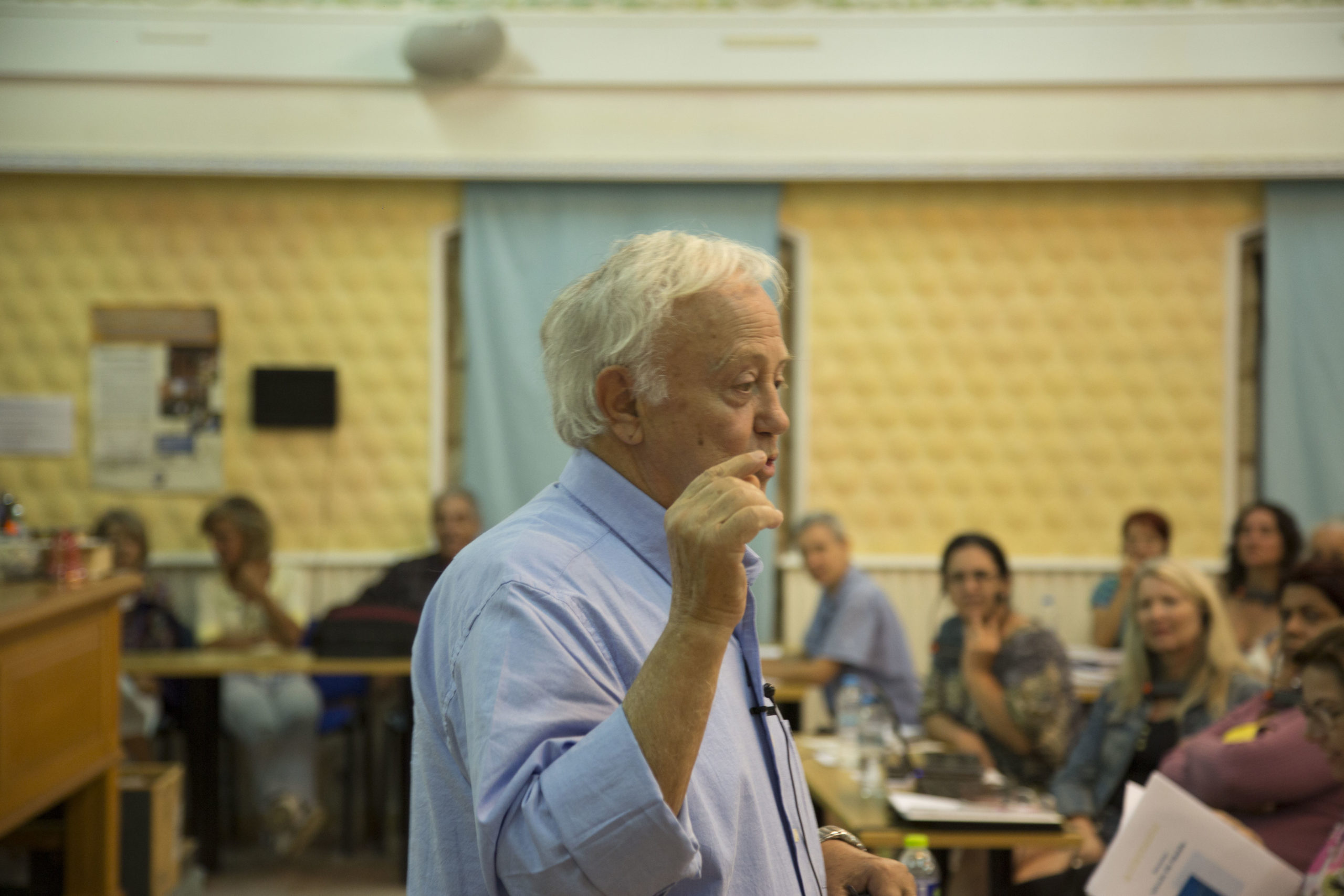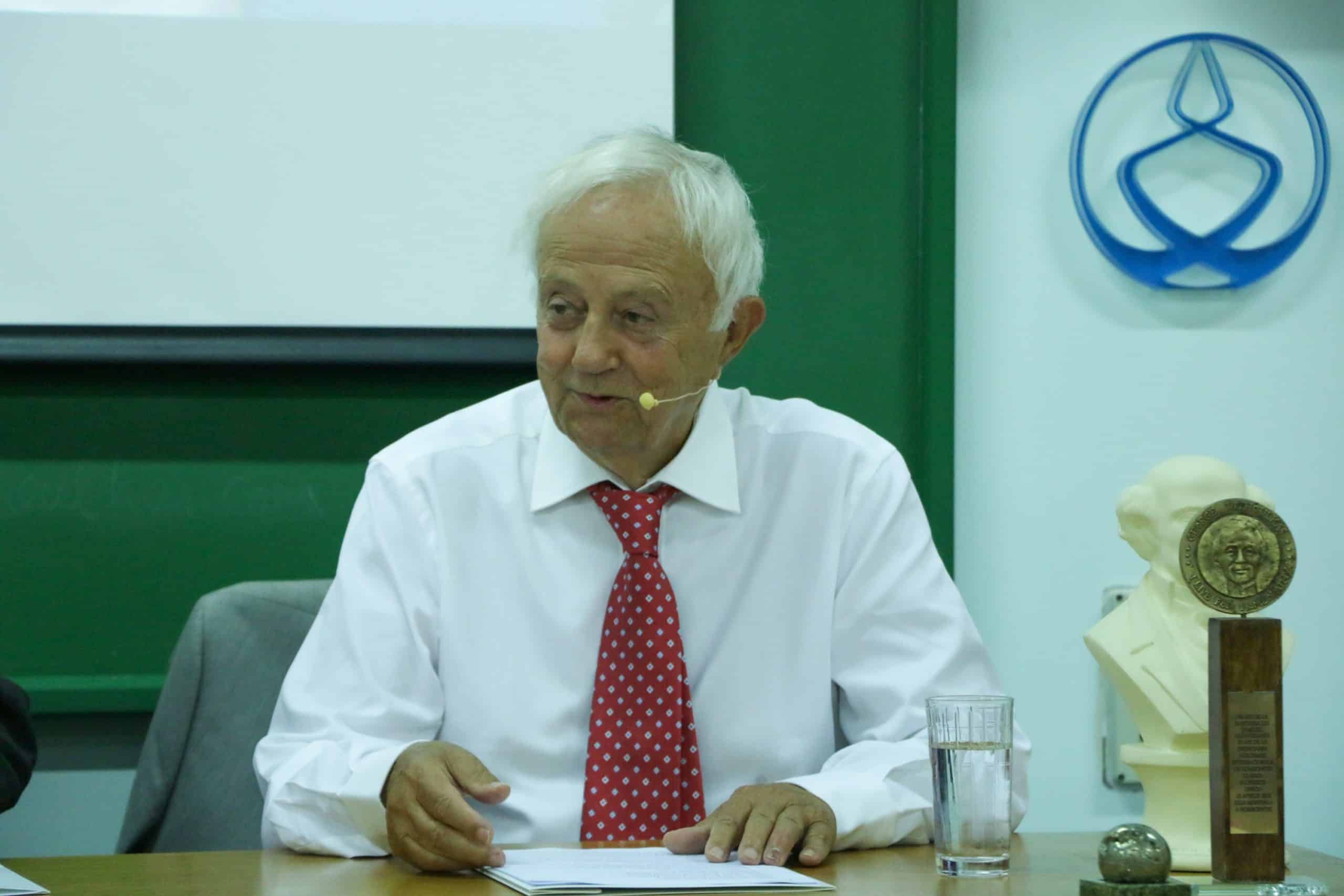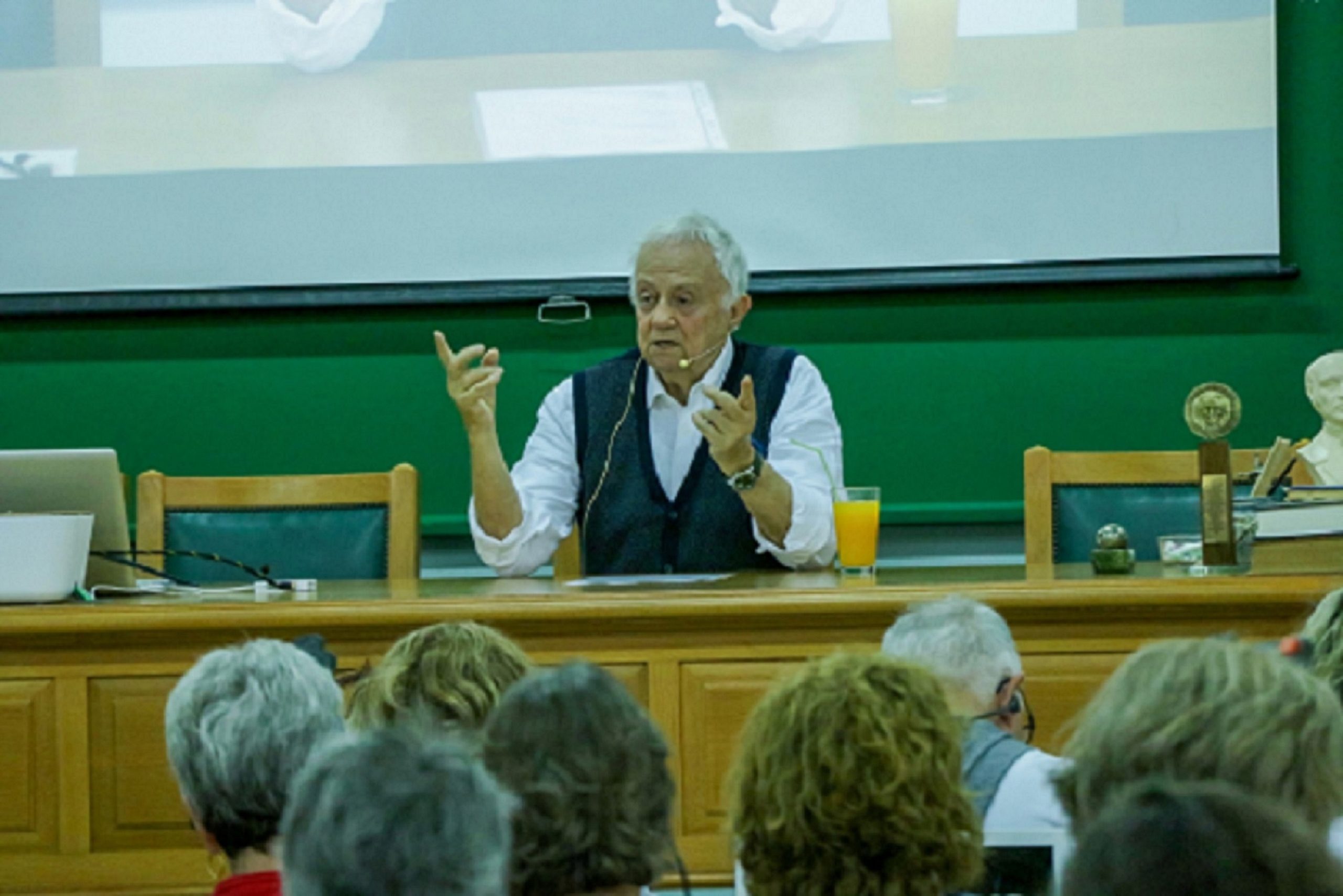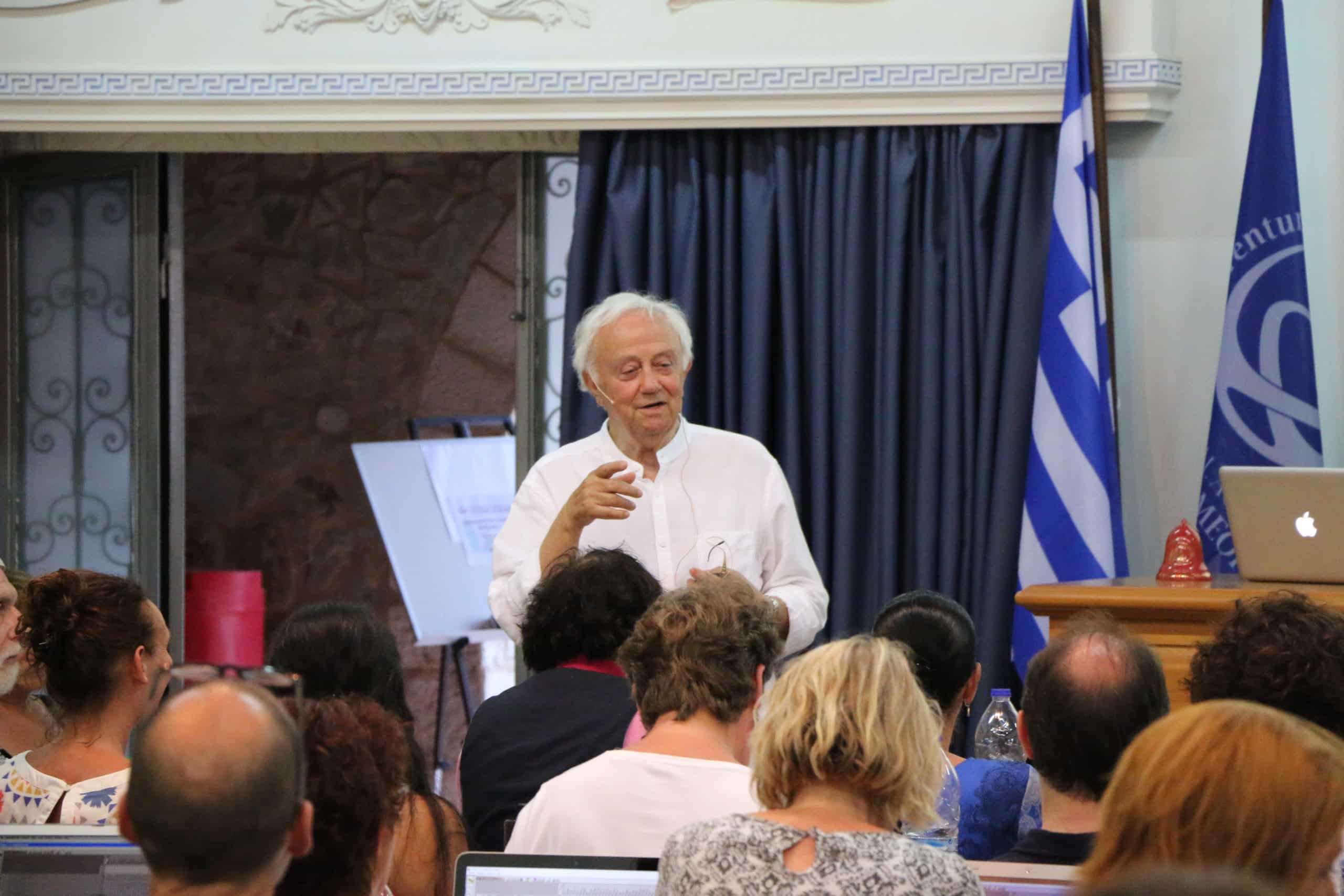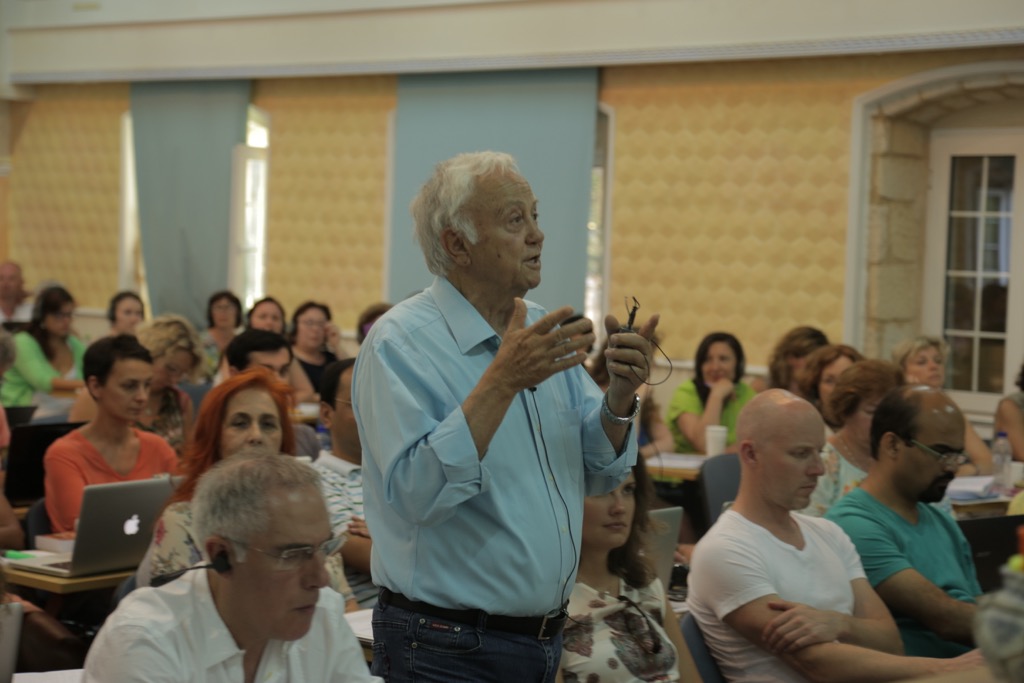Homeopathy: Art or Science?
What is the ideal “mixture” for an effective prescription?
The rejuvenation and renaissance of Homeopathy that we have been witnessing over the past twenty years seems lately doomed to take a downward turn toward a point of degeneration, confusion and, finally, even oblivion. Homeopathy’s eventual downfall will be due mainly to a number of “artistic distortions” that are injected into the main body of knowledge by the “imagination” and “projections” of some “teachers” of Homeopathy. Since many of our students are receptive to the myths and stories concocted by flights of wild imagination, many so-called teachers have risen to fill this gap.
The motivation for this article comes from Dr. R. Morrison’s defense of the “teachings” of Rajan Sankaran and his book “The Substance of Homeopathy.” I read this critique with much amazement and concern. Dr. R. Morrison writes in Simillimum, Vol. 7, No.3: “Perhaps the most inspired section of. .. Sankaran’s book “is the exposition concerning the kingdoms of the remedies -animal, plant, and mineraI. Sankaran claims that most patients can be categorised according to one of these kingdoms (or a nosode) [!} based upon easily recognisable features. He has extended the doctrine of signatures far beyond any previous scope. He has boldly stated that the imprint of the remedy is detectable in the patient. I found Dr. Sankaran to be essentially an artistic [my emphasis] thinker and a deeply intuitive man …Sankaran has entered a realm of intuitive science”! [my exclamation mark.]
It is extremely difficult for me to see how an arbitrary and totally imaginary translation of the symptoms of a patient into an “easily recognisable” likeness of an animal, a vegetable, a mineral or a … nosode nlakes for an intuitive science! It is obvious that many interpretations can be given by a practitioner to any given symptomatology in a patient. For example when a patient looks like a pig, his remedy must be an animal remedy, but because we don’t have a remedy extracted from pigs we could use its closest analogy which is… the frog, herefore, prescribe Bufo, in spite of the fact that the patient’s symptoms may point to Baryta carbonica! Or just because the patient is freezing and snakes are cold blooded we should choose a snake venom for such a patient. But we all know that snake venoms, in the provings, are warm blooded patients, especially Lachesis who suffers from warmth and excess of heat in the body.
It is easy for everyone then to see, the confusion that will result when a doctor tries to categorise his/her patients by whether they look like an animal or a … nosode, and how wrong he/she can be in his interpretations. But even if you have categorised somebody into one of these four groups, in what way will this help you to find his or her simillimum? Will you exclude a vegetable remedy just because the case looks like or has some of the characteristics of a dog?
What will you prescribe in a case of mental disturbance when you see the desire of the patient to bite during delirium? Dog’s milk, (Lac Caninum) a remedy that does not have this symptom at all in its provings, or rather Stramonium or Belladonna, both flowers, which have the desire to bite in their provings? Will you not prescribe Hyoscyamus in a patient who barks like a dog when coughing, since this is a great characteristic of this flower remedy? To claim that you can find the likeness or similarity to… a nosode, a vegetable or a dog is so subjective and allows for so many interpretations that it is totally unreliable.
We have had a lot of problems persuading people that Homeopathy is a Science. Now, with all this nonsense, we are once again reinforcing their arguments claiming that Homeopathy is a “non-science.” Such ideas and others, which we shall be discussing in the next issues, are signs of degeneration in our science, the results of which we will soon be witnessing.
I think it is appropriate here to recount an experience which I had when I visited an exhibition of modern art in Paris with a small group of friends. There we saw CIa work of art ” composed of a big white panel on the wall with a black line across it, an actual brick lying on the ground in front of the line and a piece of half burnt cigarette placed next to the brick.
The “composition,” according to one member of the group, most probably depicted the degeneration of our times. [“Why not?” I thoughL] Another friend accompanying us who was a painter himself said, ironically, that it probably showed the nakedness of the artist! [“Why not?” I thoughL] Another friend in the group told us that for him it symbolized regeneration: from ashes and bricks to heaven through a black, difficult line [“Why not?”
I thought.] But I thought the best explanation came from my wife who spoke privately to me later in the hotel. She said that the picture, according to her, showed the laziness of the artist and the craziness of people who accepted such “compositions” into the exhibition.
If some teachers interpret homeopathic science in such a manner and others do not question their interpretation we may soon be witnessing the transformation of this science into a kind of “abstract hodgepodge” that will perhaps excite the imagination of some but win lead many astray and diminish the ranks of the adherents of Homeopathy.
Whenever such imagination plays a major role in the choosing of the remedy, interpretations seems to be more subjective, more numerous, of wide discrepancy and less scientific.
I am not opposed to experimentation, conjecture, pure imaginary projections or even theorising, as long as such things remain in the donlain of research and observation and
are not put forth as “facts” to the rest of the profession. Sankaran does exactly this in his public seminars and we shall be talking about this and his “Signatures” in a more detailed description in our next issues where we attempt to delineate between the true and the false.
There is no doubt that we are living in a crazy world with farfetched ideas, where real knowledge is interspersed with confusion, projections and misinformation.
We must not forget, however, that our task, our mission, as homeopaths is to turn the craziness, disorder and confusion of our societies into some kind of sanity and order.
It is true that our science today accepts a “degree of uncertainty,” a gap which may be filled with what may be called “artistic or intuitive interpretations,” and everyone can supply this according to his or her own point of view.
But interpreting the sensations and feelings of a patient into something beyond their meaning and reality is a dangerous road for a homeopath to take. We must perceive the reality of human suffering and try to match it with what we know to be the pathognomonic picture of the remedy from the provings. We have to be careful not to project our own little theories or fancies when the health of a human being is at stake.
Too much so called “art or intuition” will bring about the downfall of homeopathy because of the failures and disappointments on the part of thepractitioners who would try to apply our science in this context.
There is no doubt that homeopathy is difficult in its application and short cuts are eagerly welcomed by those of our profession who are longing for the new, the easy, the miraculous and the effortless. But such shortcuts will also have their own shortcomings, and, thus will add to the gradual demise of homeopathy.
Soon students of homeopathy with good intentions and enthusiasm will be seduced by such “artistic interpretations” and become disillusioned and disheartened when they try to put these ideas into practice. Many will leave these ranks for safer ground, but others will leave homeopathy permanently in bitter disappointment. The long term damage done to homeopathy will be irreparable.
The big question for me at this moment is, “What do we mean by “art” in connection with the Science of Homeopathy? How far can this be carried? We have to be clear about such expressions.
In Roberts’ book, “The Art and Science of Homeopathy,” nowhere do we find a “piece of art” -an example of projection, imagination or illusion. How can this “uncertainty principle” in our science best be filled? Could we have some rules to go by or can anyone inject the system with his or her own artistic whims? After all, does Art as such really exist in our science? Should we carry this “art” into the domain of fantasy, or even delusion?
Or by “art” do we mean only the way a piece of information is extracted from the patient in order to help us in the diagnosis and finding of the right remedy?
To my understanding this “art” is neither poetry nor music, -but a degree of insight into the pe~uliarities of the suffering of human nature. Does this information come from intuition, or from experience and deep insight into the understanding of the suffering of the patient?
We invite readers to contribute their opinions on such an important issue.


